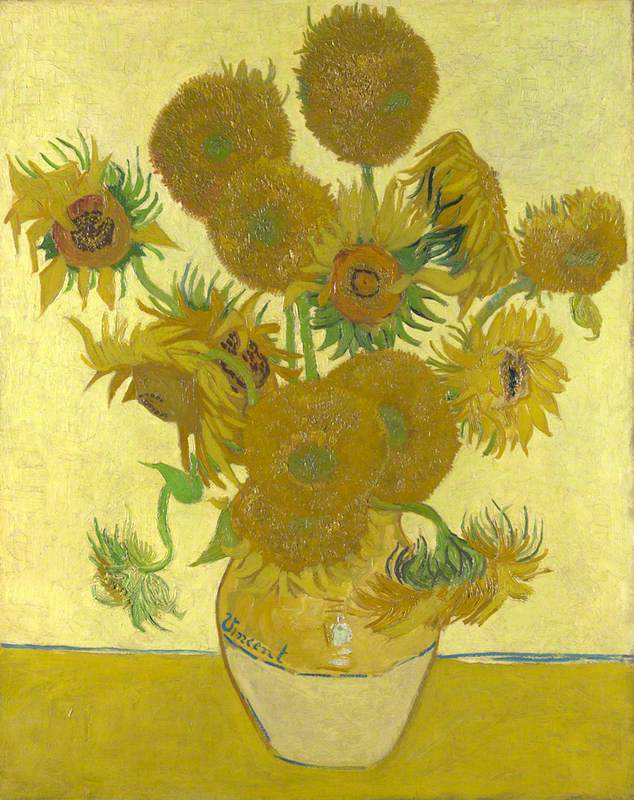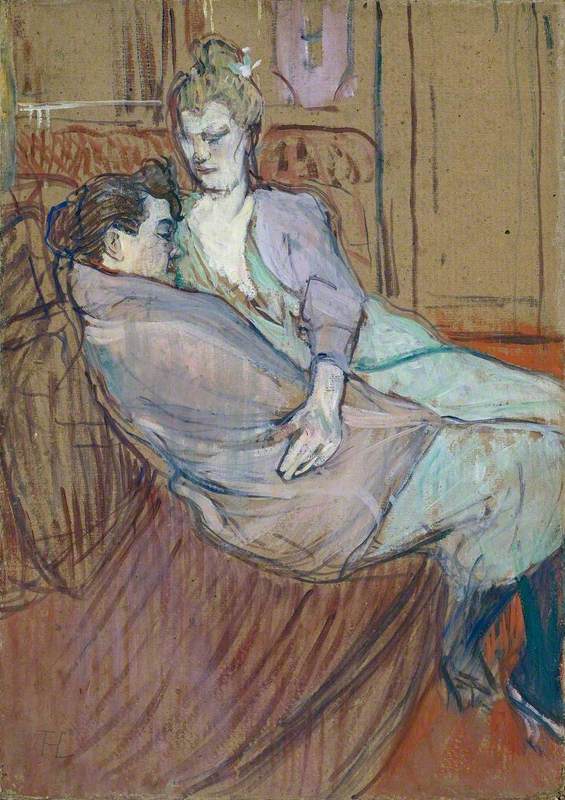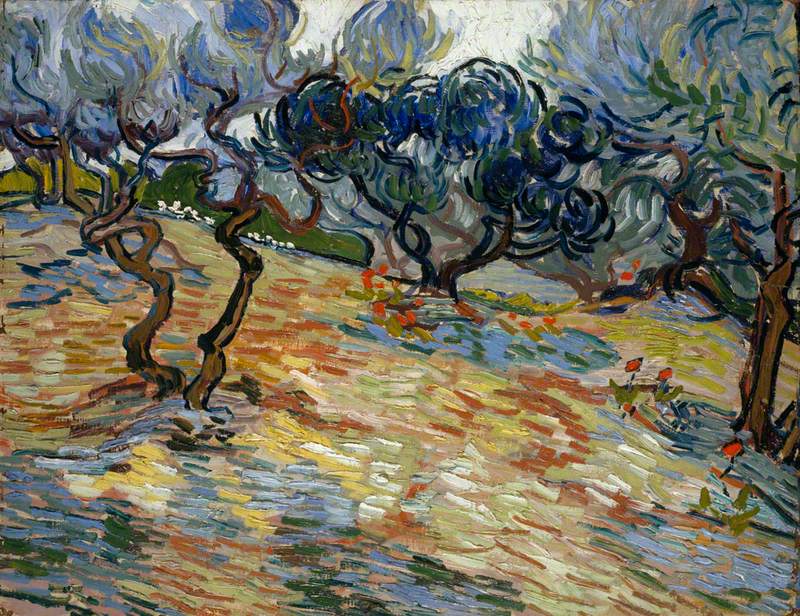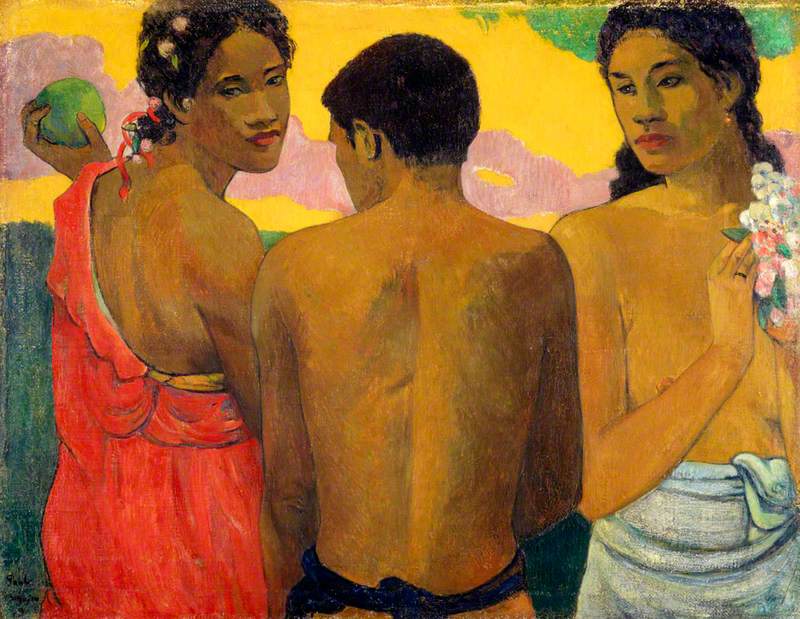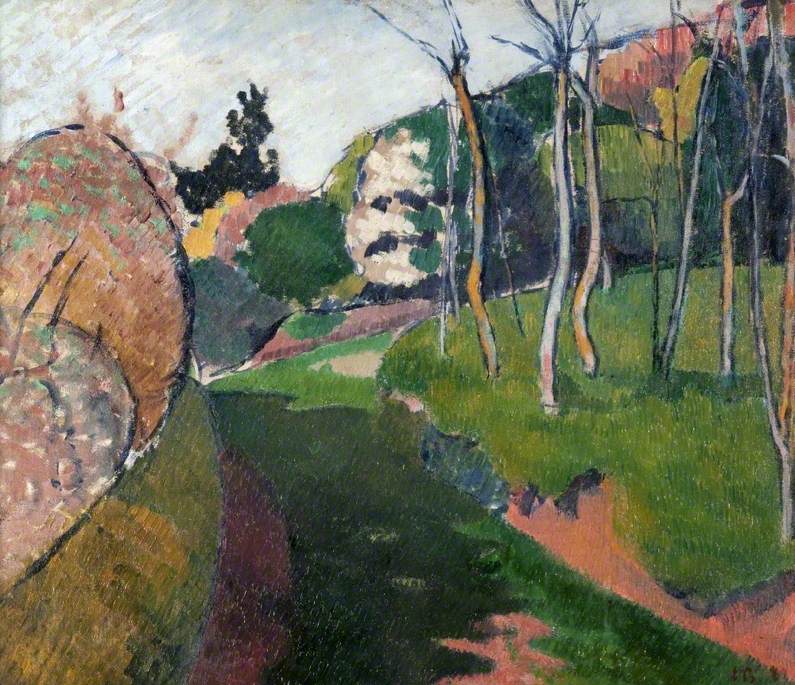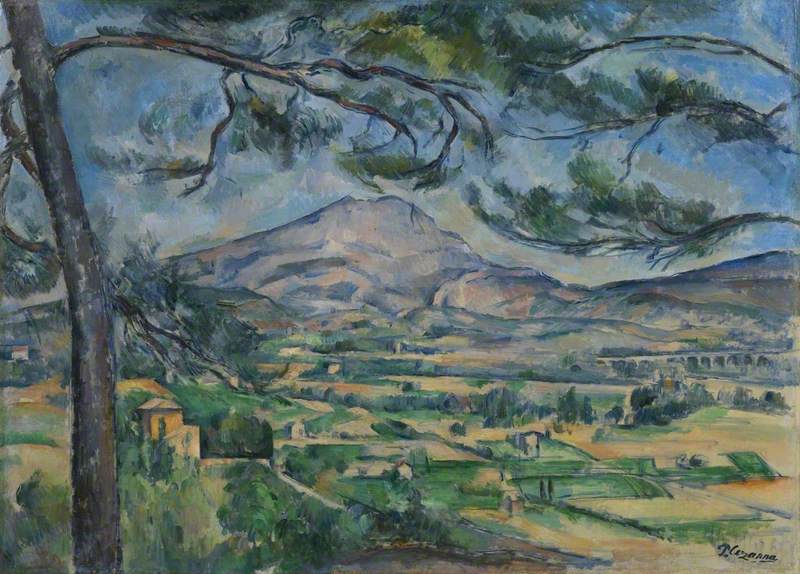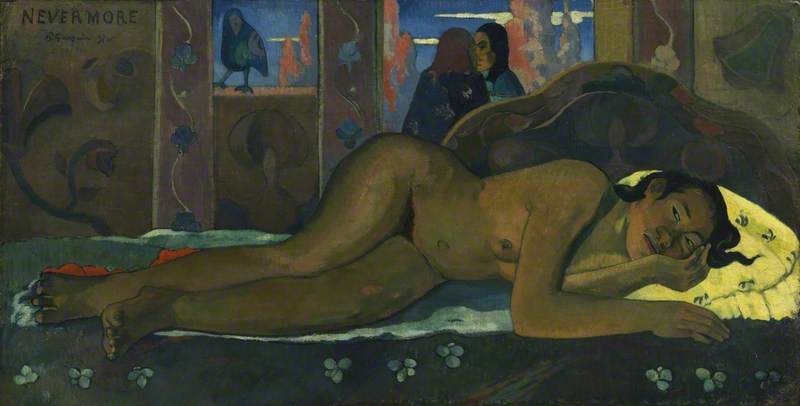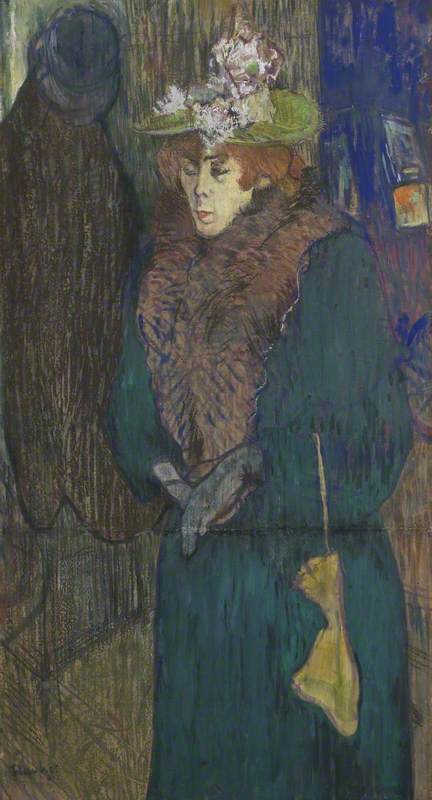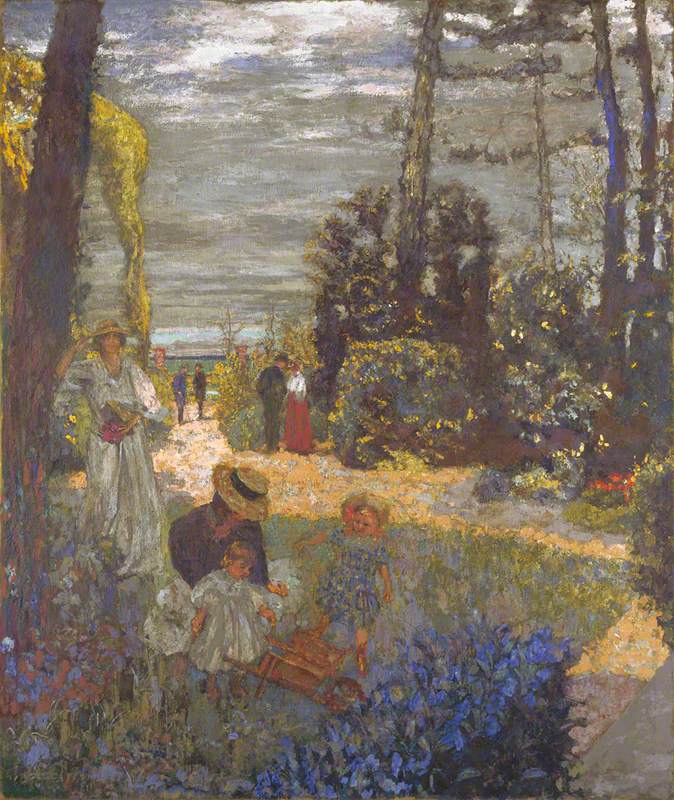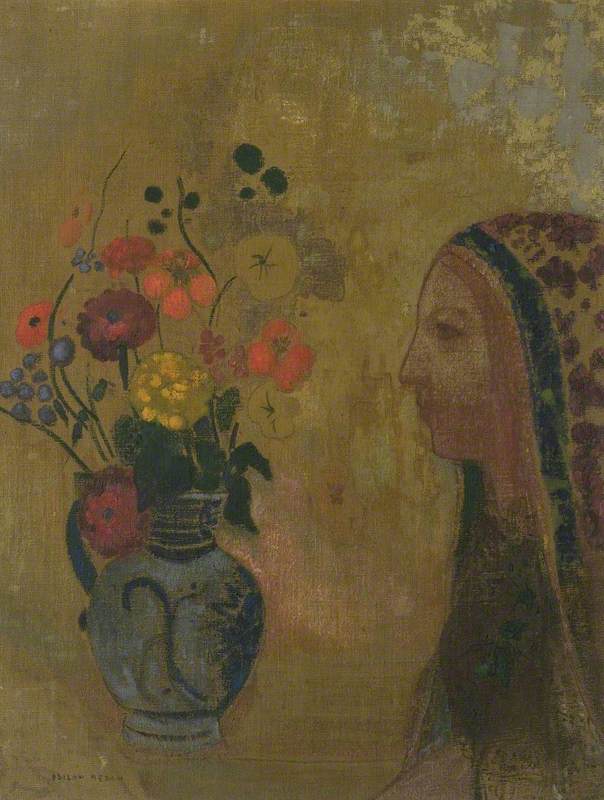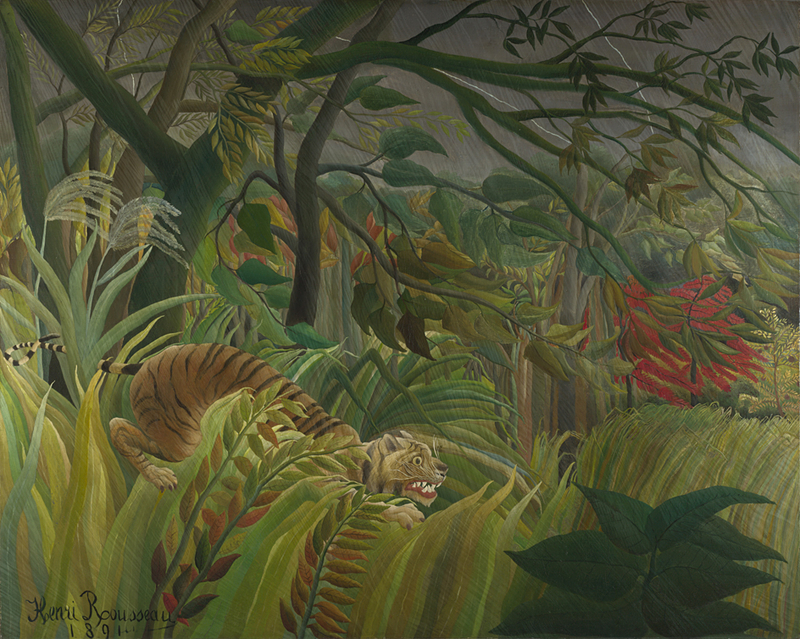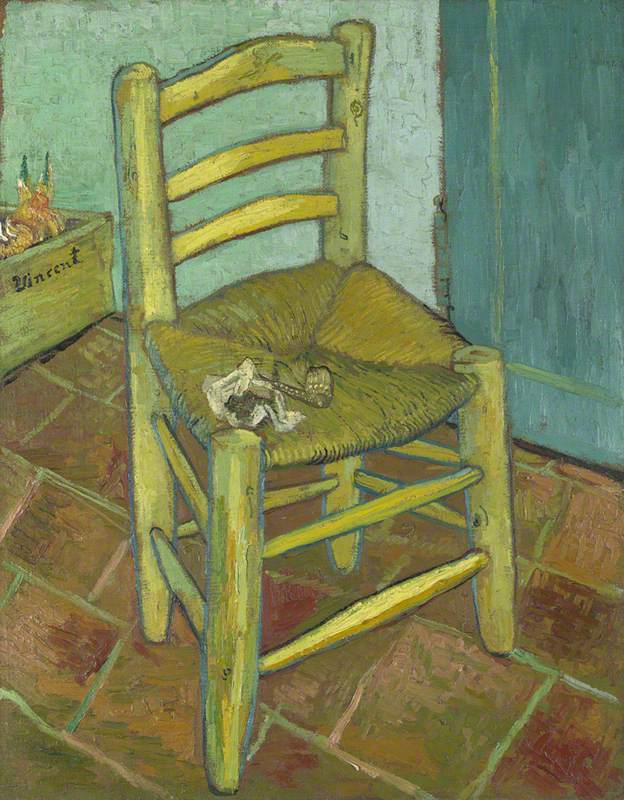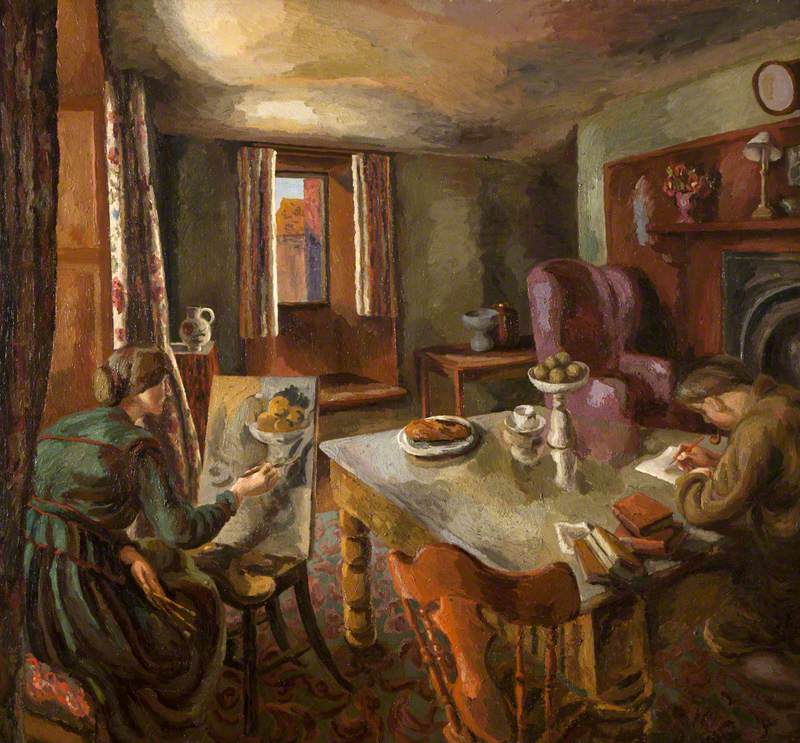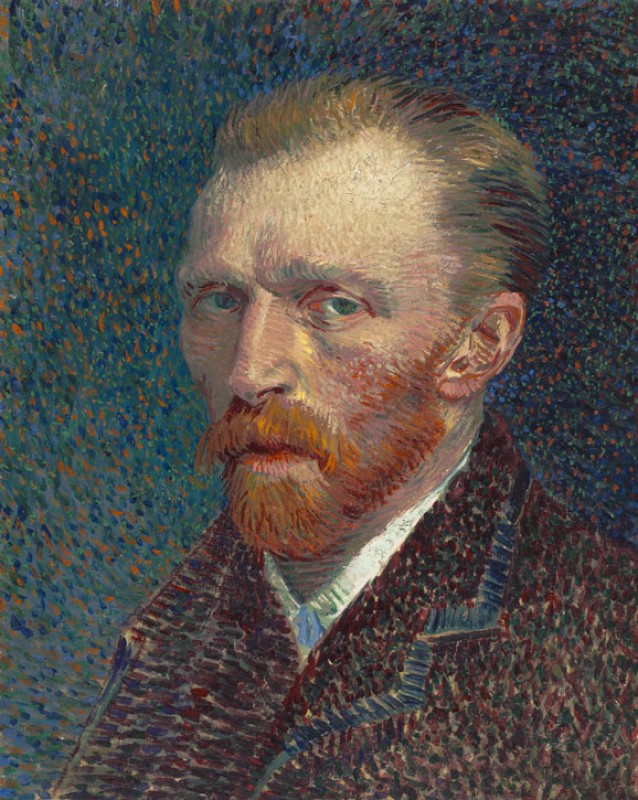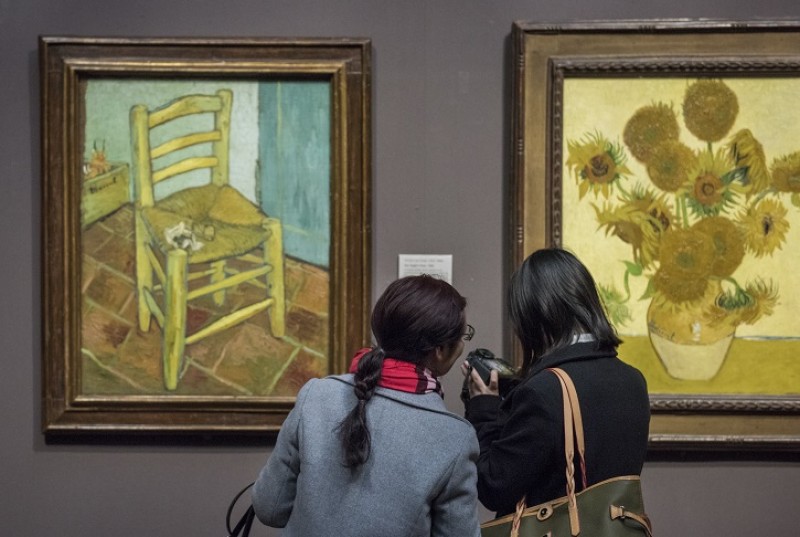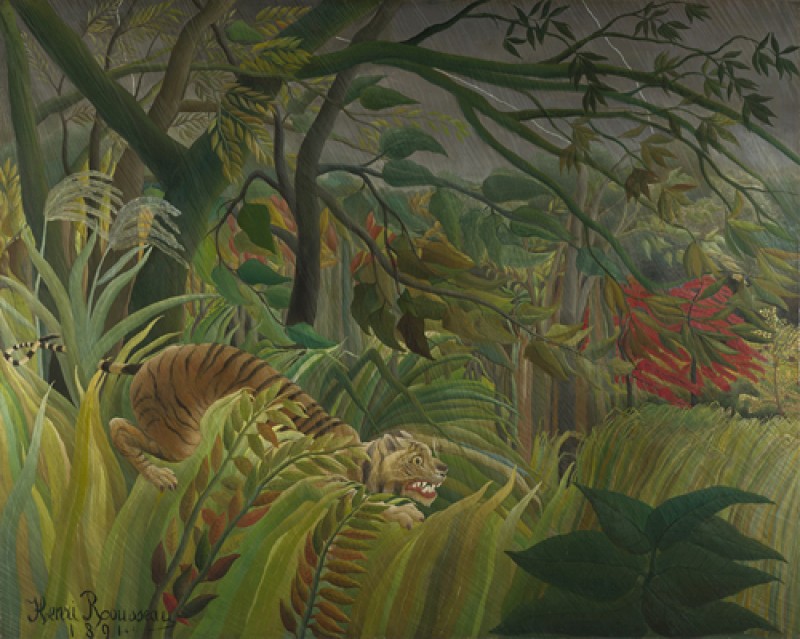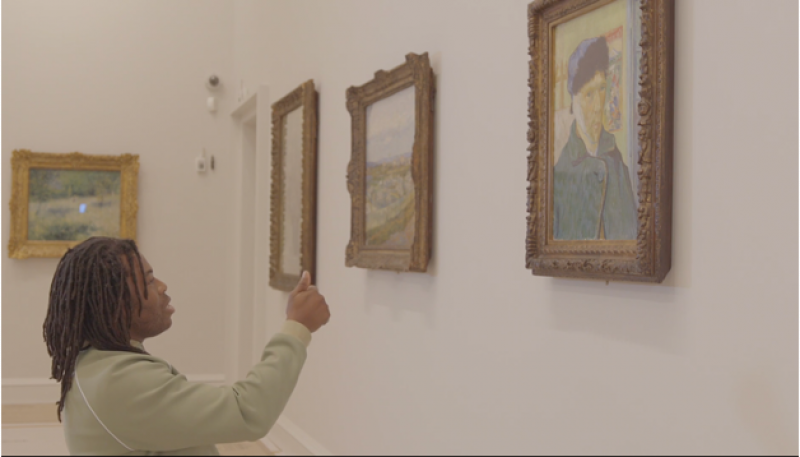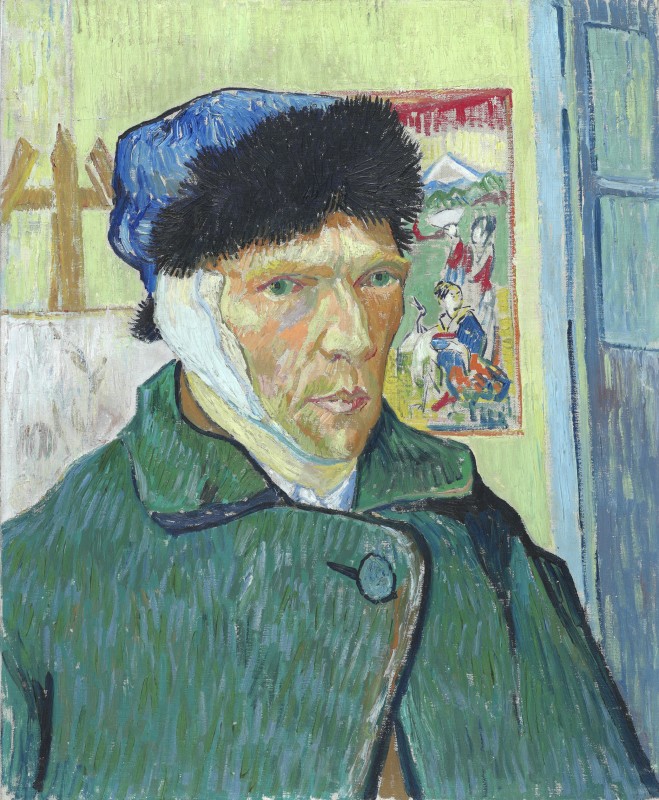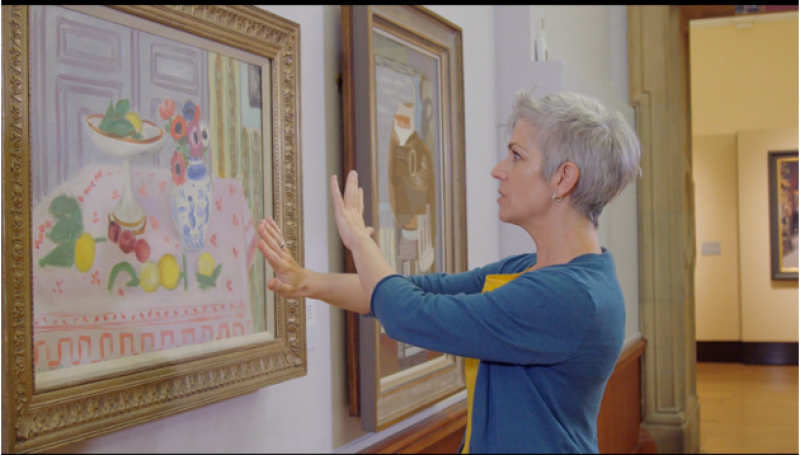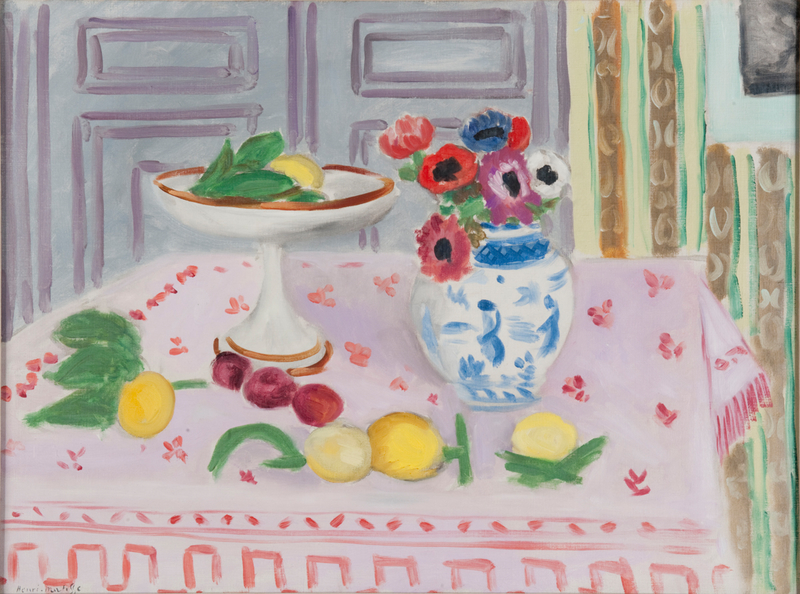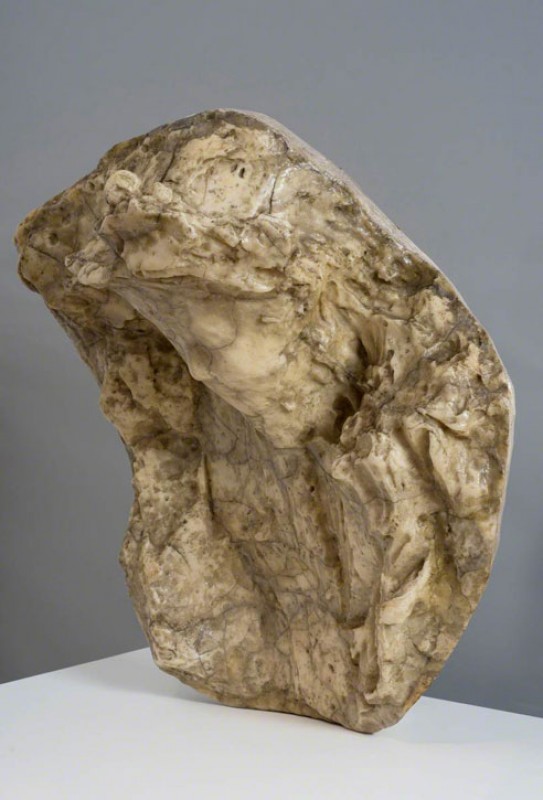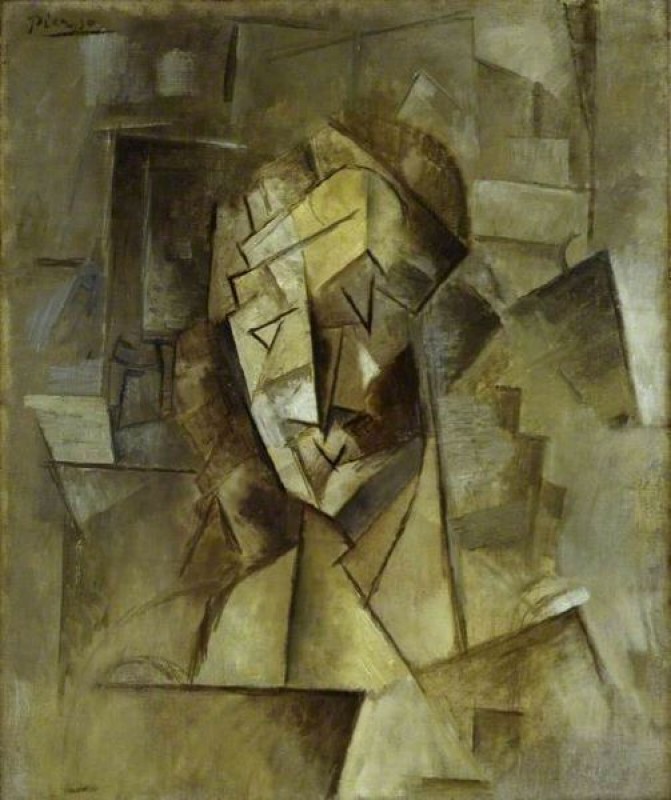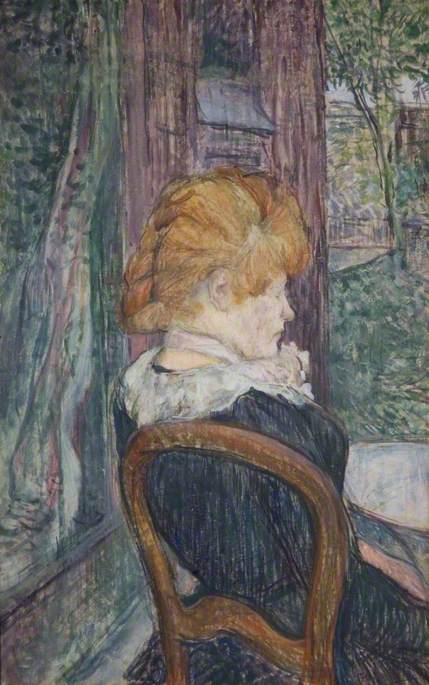
A Woman Seated in the Garden 1890
Henri de Toulouse-Lautrec (1864–1901)
The Barber Institute of Fine Arts
As the name implies, a term used to describe developments after and arising from Impressionism. It was first coined by the English painter and critic Roger Fry (1866–1934), who organised the exhibition 'Manet and the Post-Impressionists' held at the Grafton Galleries, London in 1910–11. The imprecision of such an umbrella term, for all its undoubted usefulness, is demonstrated by the wide variety of developments from Impressionism: the quasi-scientific examination of colour by Seurat and the Neo-Impressionists; the structured examination of landscape by Cézanne in which lay the seeds of Cubism; the writhing, expressive brushwork of Van Gogh; the flat colour Symbolism of Gauguin and his followers.
Text source: The Oxford Concise Dictionary of Art Terms (2nd Edition) by Michael Clarke
